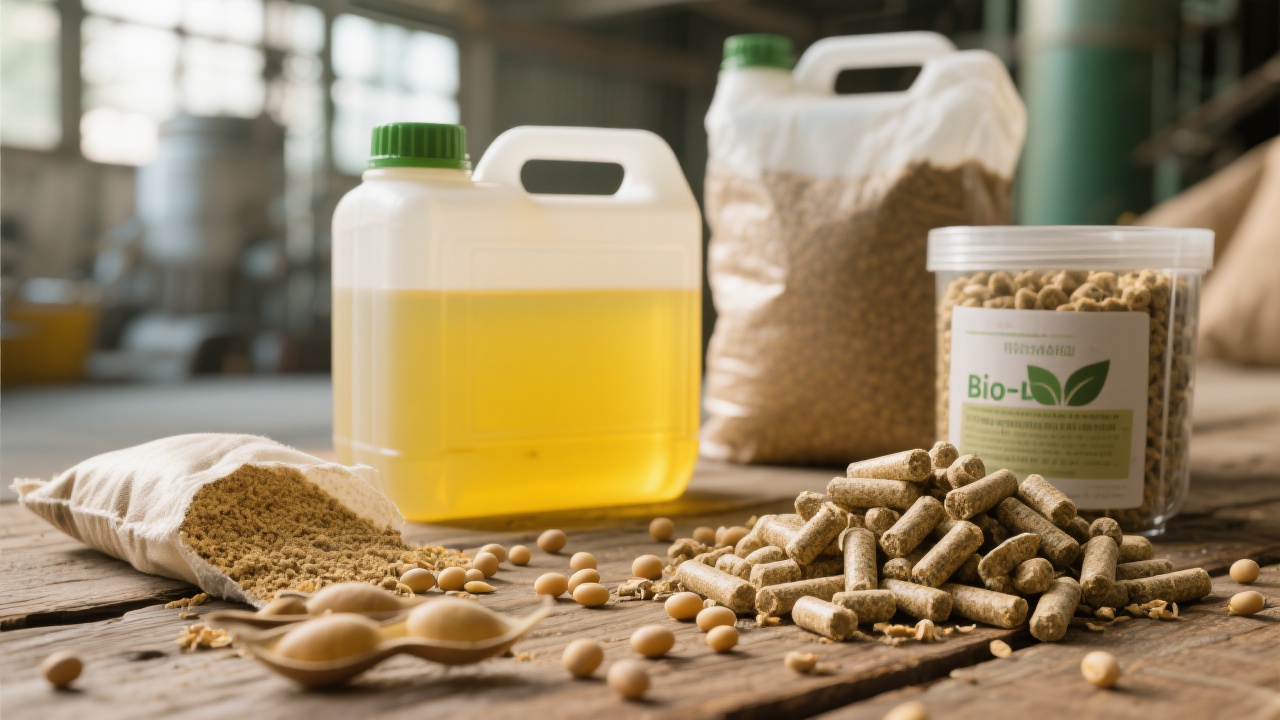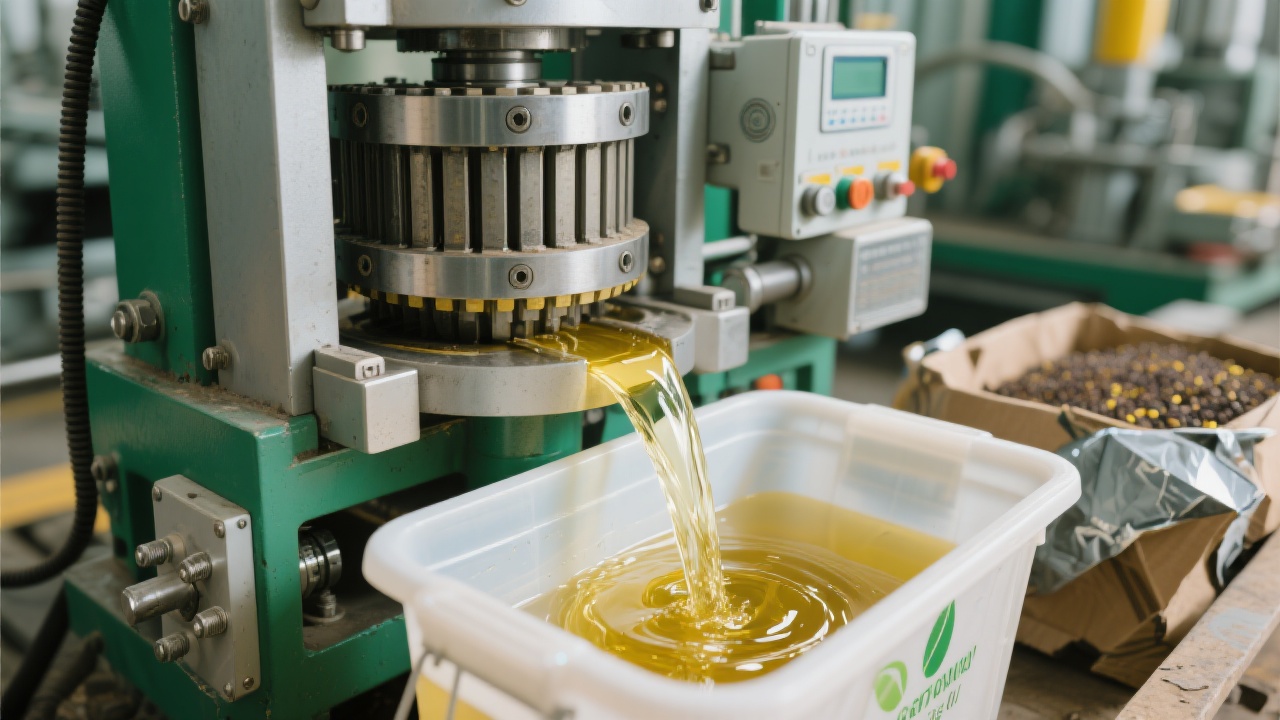
Soybean oil mills play a pivotal role in the modern food industry, contributing significantly to resource recycling and sustainable development. This article delves into the production process of soybean oil mills, highlighting the key steps from raw material cleaning to high - efficiency oil extraction and their significance in resource utilization.
The production process of a soybean oil mill starts with raw material cleaning. High - quality soybeans are carefully selected and cleaned to remove impurities such as dirt, stones, and broken beans. According to industry statistics, proper raw material cleaning can improve the oil extraction rate by about 2 - 3%. This step not only ensures the quality of the final product but also protects the subsequent processing equipment from damage.

After cleaning, the soybeans are crushed. Crushing breaks the soybeans into smaller pieces, increasing the surface area for subsequent processing. Modern soybean oil mills often use advanced crushing equipment, which can achieve a crushing efficiency of over 95%. This high - efficiency crushing process is crucial for the subsequent oil extraction.
The crushed soybeans then go through the cooking process. Cooking is a key step in the oil extraction process, which can improve the oil yield by about 5 - 8%. During cooking, the soybeans are heated to a specific temperature, which denatures the proteins in the soybeans and facilitates the separation of oil from the solids. Advanced cooking technology can precisely control the temperature and time, ensuring the best oil extraction effect.
Next is the oil extraction step. Modern soybean oil mills use a variety of oil extraction methods, such as solvent extraction and mechanical pressing. Solvent extraction can achieve an oil extraction rate of up to 98%, while mechanical pressing is more environmentally friendly and can produce high - quality virgin oil. Through continuous technological innovation, soybean oil mills can balance high oil extraction rates and environmental protection.

In addition to the production process, soybean oil mills also pay great attention to resource recycling and sustainable development. For example, in the production process, the waste generated, such as soybean meal, can be used as high - quality animal feed, realizing the full utilization of resources. According to relevant data, about 80% of the soybean meal produced by soybean oil mills is used in the animal feed industry.
Modern soybean oil mills also adopt a series of energy - saving and environmental protection measures. Through automation and energy - saving design, the energy consumption per ton of soybean processed can be reduced by about 15 - 20%. These measures not only reduce production costs but also contribute to environmental protection.
Soybean oil mills have strong market competitiveness. They can meet the diverse needs of the industrial and food sectors. In the food industry, high - quality soybean oil is widely used in cooking, baking, and food processing. In the industrial field, soybean oil can be used as a raw material for biodiesel production.
Quality control and food safety standards are also important factors in the market competitiveness of soybean oil mills. Strict quality control can ensure the stability and high quality of the final product. By complying with international food safety standards, soybean oil mills can gain a greater share in the international market.

In conclusion, soybean oil mills are at the forefront of resource recycling and sustainable development in the food industry. Through advanced production technology, energy - saving measures, and strict quality control, they can not only meet the high - quality needs of the modern food industry but also enhance their market competitiveness. If you are interested in learning more about the advanced technology and market strategies of soybean oil mills, click here to explore more.


